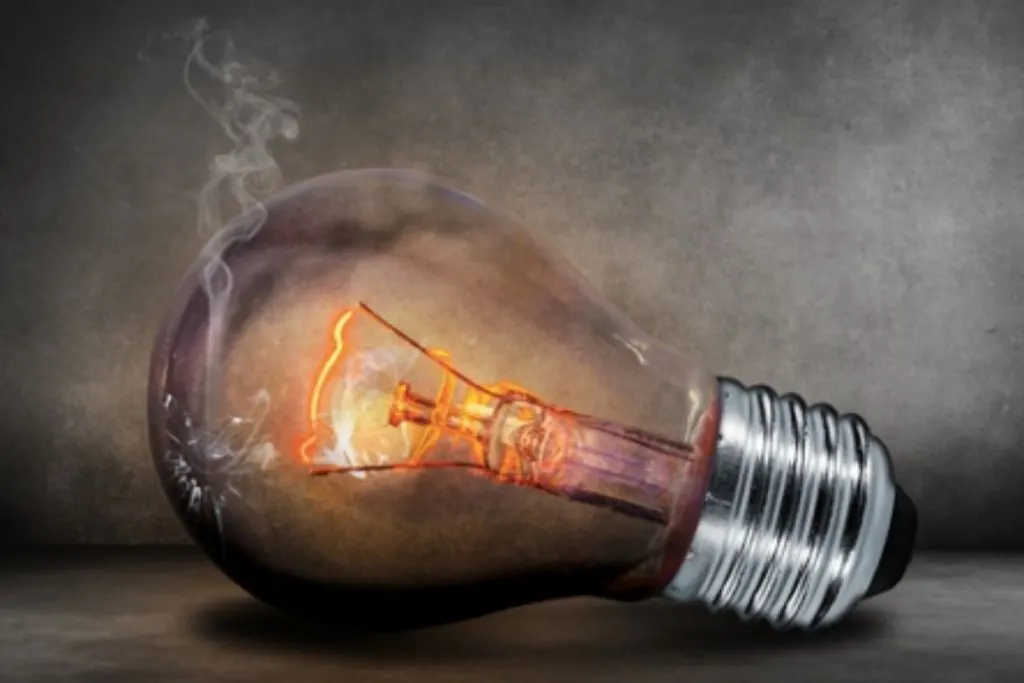In most cases, peoples’ homes have cost them more than anything else. It’s therefore unsurprising that our household bills use up so much of our monthly budgets. When there is a busy family in residence, there will be lights on, and gadgets and appliances in use.
All these things need electricity in order to function, and sadly the costs can mount up. When a person receives particularly high fuel bills, they may be confused as to why this is. This article will provide six possible reasons, so you can take action and become more cost-efficient.
Standby Mode
Most people have an abundance of live tech in their homes. It could be televisions and DVD players, microwave ovens, coffee makers and computers. When they are not in use, many people keep them plugged into the electric wall sockets. When this occurs, there may be a red light showing on the device (e.g. televisions) or a digital clock (e.g. cookers and microwaves). The item is now in standby mode, and ready to respond to your next instructions.
Whilst this may make life more convenient for you, it comes at a price. You’ll be paying for the electricity on these devices, even when they are not in use. The answer is to either unplug them or to turn the electric socket off at the wall.
As well as watching how you use your electricity, monitor who is providing it. The professionals behind Electricitymonster.com.au point out that many people want to compare the different plans, and to receive discounts. They want to make inquiries by phone or online, and to view customer ratings before they choose.
All Those Chargers
Many modern devices come complete with chargers. They include such things as smartphones, shavers, toothbrushes, mp3 players, tablets and Ipads, laptops, and games systems.
Once again, the key thing is to not leave the charger in the wall socket. Also, check the instruction manuals for your devices. If some items are left on charge for too long, this will shorten the battery life. There are also some electronic gadgets where you are advised to wait until the battery is completely dead before you recharge them.
Power Guzzling White Goods
By this we mean fridges, freezers, washing machines, tumble dryers and dishwashers. It may be that your electricity charges are lower at certain times of the day or night. Try and avoid using them during peak times. If you have a spare fridge or freezer, be sure that you need it.
On average, Americans wash 400 loads of clothes every year. Each wash cycle involves 40 gallons of water. It’s not hard to see why the costs can be high. Always ensure you have a full load when using the washing machine. It’s cheaper to use a low temperature or cold wash than a hot.
Old Appliances
Whilst fridges are often designed to work for 14-17 years, they can decline after a decade. The compressors and motors age and the seals can perish. This would make the appliance less efficient, and more costly to run. Any white goods bought during the 1990s will be less energy efficient than something purchased today. Research the power usage before you buy, as they can vary. Some modern fridges use a quarter of the electricity compared to older versions.
Inefficient Use Of Lighting

If you have the old incandescent light bulbs they will not be the most cost-efficient option. Replace these with the more modern LED versions, Whilst they will prove more expensive, they will save you money long term. Research shows they can be up to 90% more efficient.
You may have several lights on your ceiling that are designed to brighten the entire room. If you only need a part of the room to be light, however, it’s cheaper to use individual lamps.
Inefficient Home Heating
If you have old windows and doors, the seals may not be 100% effective. The warm air will be escaping while the cold air comes in. Turn off the heating when you don’t need it, and insulate the attic and basement.
Be responsible for the use of your heating and cooling systems. Don’t keep the rooms too hot when you can wear jumpers. If the water temperature is set to 140 degrees, it’s worth changing it to 120 degrees.
When these simple strategies have been put in place, you will save money on your electricity bills. In order for them to work, however, it’s essential that everyone in the home is on board.

